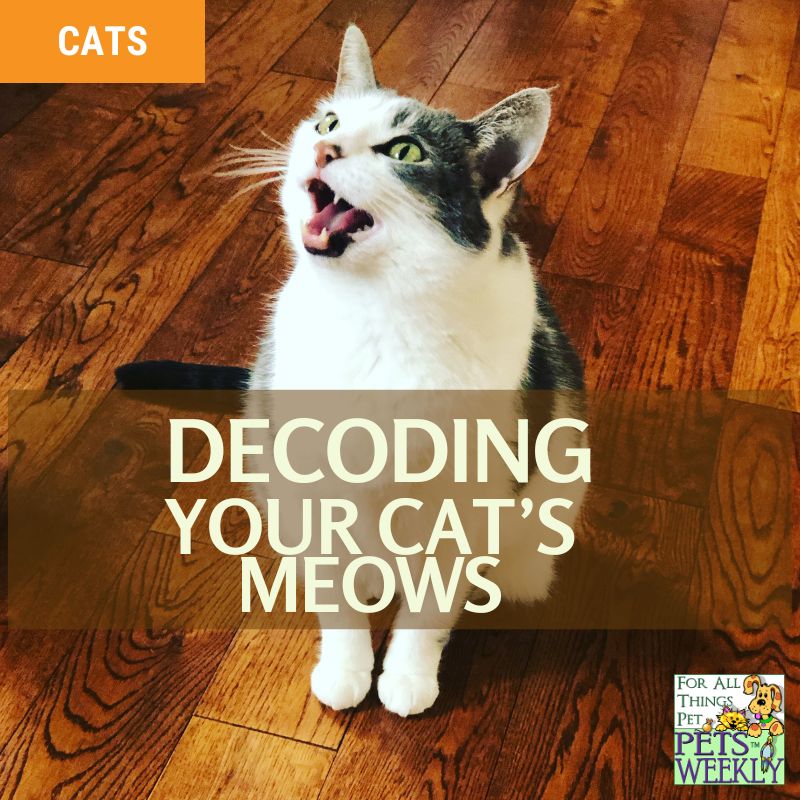Cats have captivated humans for millennia, yet their enigmatic purrs, flicking tails, and occasional hisses can leave us scratching our heads. Scientists have grown increasingly interested in the communication between humans and cats, particularly how well we decipher the messages our feline friends convey through their behavior. While numerous studies have explored cats’ ability to understand humans, this research flips the script, investigating how effectively humans interpret cat communication. Turns out, we don’t do half-bad on decoding our cat’s meows!
A recent study recruited over 630 participants to delve into the world of cat-human communication. Each participant watched or listened to 24 carefully chosen video clips featuring cats exhibiting a range of emotions and behaviors. These clips included displays of contentment, discontentment, solicitation (seeking food or attention), and predatory instincts.
To explore the role of sensory input in understanding cats, the videos were presented in three formats:
- Bimodal: Participants saw the video with both sight and sound, allowing them to experience the full range of feline cues.
- Visual: Participants only saw the video without sound, relying solely on visual cues like body language and facial expressions.
- Vocal: Participants only heard the audio from the video, focusing on vocalizations like meows, purrs, and hisses.
The results provided some fascinating insights into human-cat communication!
The Power of Bimodal Communication
The study found that participants were significantly better at interpreting cat behavior when they could see and hear the cats simultaneously (bimodal) compared to relying solely on visual or vocal cues. This suggests that humans integrate information from both sight and sound to gain a more complete understanding of a cat’s emotional state and intentions.
Here’s the breakdown:
- Bimodal clips achieved an impressive 91.8% accuracy in correctly identifying cat behavior.
- Visual-only clips resulted in a respectable 87.3% accuracy.
- Vocal-only clips were the most challenging, with participants correctly identifying cat behavior only 72.2% of the time.
Decoding Feline Emotions
The study also revealed variations in how well humans deciphered different cat emotions.
- Contentment: characterized by relaxed postures and purring, was the easiest emotion to recognize, with a staggering 90.1% accuracy.
- Solicitation behaviors: like meowing for food or attention followed closely at 87.2%.
- Predatory instincts: with subtle cues like focused stares and stalking movements, were identified with 86.3% accuracy.
- Discontentment: often expressed through flattened ears and hissing, proved the most challenging emotion, with only 71.6% of participants correctly interpreting it.
Experience Matters: Professionals Could Decode Meows Faster
The study found that professionals who work with animals, like veterinarians and animal behaviorists, displayed a higher level of accuracy in interpreting cat communication compared to laypeople. This suggests that experience with various animal species can enhance our ability to decode their nonverbal cues.
The Age Factor: 25 – 39 Year Olds Are Better at Decoding Meows
Interestingly, when it came to decoding your cat’s meows, the study revealed a slight age-related difference. Participants between 25 and 39 years old were found to be marginally better at interpreting cat emotions compared to older age groups.
This study sheds light on the complexities of human-cat communication. By highlighting the importance of both visual and auditory cues, it encourages us to pay closer attention to the multifaceted ways our feline companions express themselves.
Additionally, the findings suggest that experience and a keen eye can help us become more adept at deciphering the fascinating language of cats. After all, a deeper understanding of our furry friends can foster stronger bonds and improve their overall well-being.
Footnote: Charlotte de Mouzon, Romain Di-Stasi, Gérard Leboucher, Human perception of cats' communicative cues: human‐cat communication goes multimodal, Applied Animal Behaviour Science, Volume 270,2024, 106137

